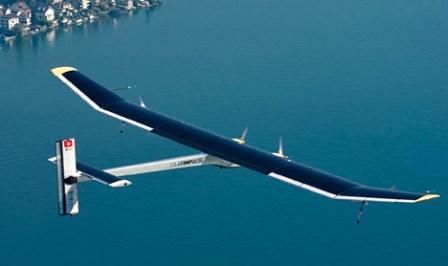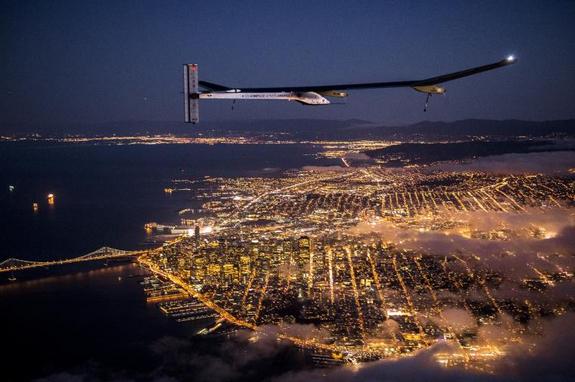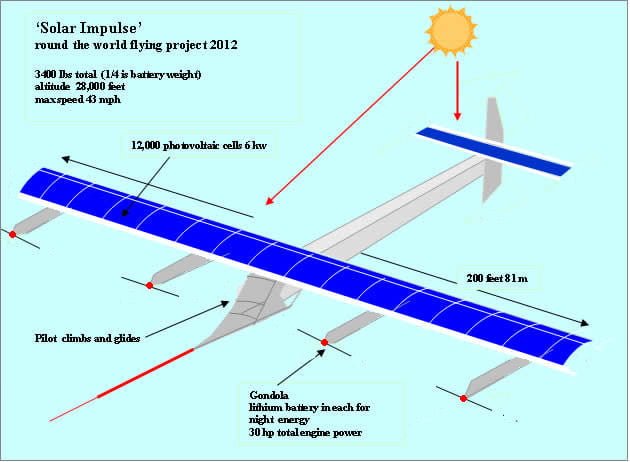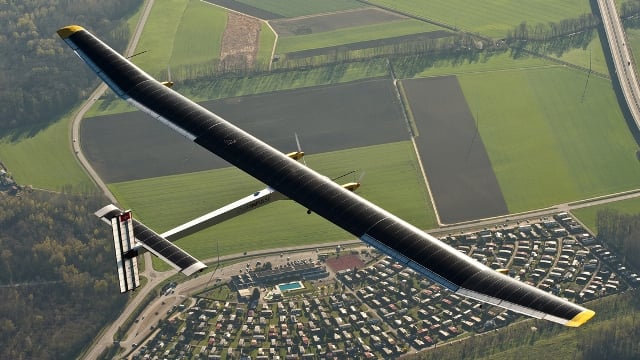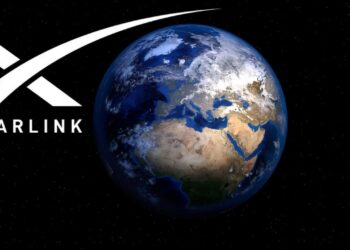Solar Impulse made history this weekend when its HB-SIA airplane touched down late Saturday night in New York’s John F. Kennedy airport, completing an entire cross-country United States flight relying solely on energy from that big old star in the Earth’s backyard.
The Switzerland-based Solar Impulse organization, founded by Swiss scientist/pilots Bertrand Piccard and André Borschberg, described the milestone thusly:
“For the first time a plane capable of flying day and night powered exclusively by solar energy has crossed the USA from the West to the East Coasts without using a single drop of fuel.”
The completion of a cross-country journey is a huge step for solar-powered flight, as it was just three years ago that a Solar Impulse airplane flew a straight 26 hours in what then seemed to be an impossible journey. But in many ways, sunshine still has a long way to go before it catches up to traditional jet fuel. The Solar Impulse aircraft, which is called the HB-SIA and weighs just over 3,500 pounds, attains an impressive altitude, but its pace is much slower than what we expect from typical air travel. The Los Angeles Times explained the pace like this:
“The aircraft, powered by about 11,000 solar cells, soars to 30,000 feet while poking along at a top speed of 45 mph. Most of the 11,000 solar cells are on the super-long wings that seem to stretch as far as a jumbo jet’s. It weighs about the size of a small car and soars with what is essentially the power of a small motorized scooter.
The Solar Impulse left San Francisco in early May and has made stopovers in Phoenix, Dallas-Fort Worth, St. Louis, Cincinnati and Dulles.”
But the plan is to keep making the technology better, faster, and stronger. In fact, the Solar Impulse crew has a much bigger new journey on its horizon now that it is already working toward. The organization’s stated “ultimate goal” is to circumnavigate the entire earth. Its website says that its round-the-world trip is scheduled for 2015, and the aircraft for that mission, the HB-SIB, is currently under construction.
SOURCE : Techcrunch.com
